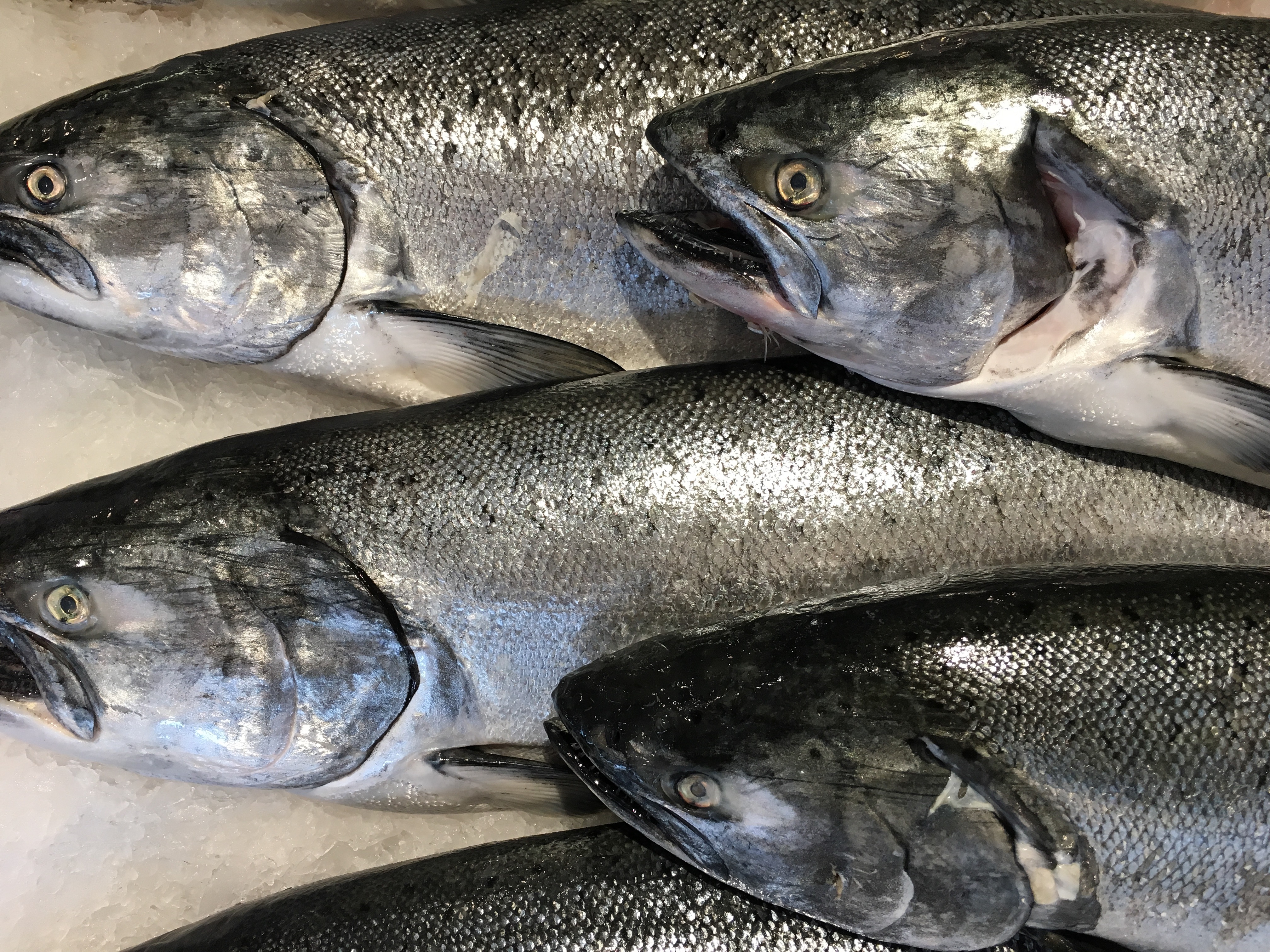
Scientists are gathering temperature data to determine what warming waters mean for salmon.
There’s still a lot scientists don’t know and it’s become a hot topic.
One of the first studies in Alaska was published in the Canadian Journal of Fisheries and Aquatic Sciences this month, as part of a larger effort to design a statewide database on all things salmon.
The five-year study collected stream and temperature readings in 48 non-glacial streams every 15 minutes to capture high and low temperatures every hour.
Cook Inlet Keeper science director Sue Mauger led the effort and has been working for over a decade monitoring temperatures in salmon streams on the Kenai Peninsula.
Her results provide a baseline for salmon habitat in the Cook Inlet Basin.
“This kind of information that’s on a large regional scale but is site specific gives us that real important tool to decide where should we do one type of protection or conservation activity versus another kind of development project,” she said.
Mauger studied multiple streams in a single watershed, streams fed by wetlands, lakes and at high and low elevations.
All of these factors play into how susceptible each stream is to climate change, which she said is a concern.
In 2009, Mauger recorded notably high temperatures in about a third of the streams. Warmer waters can make fish expend more energy to breath, make it harder to put on weight and make them more susceptible to predation.
This information can be valuable for management agencies and other stakeholders, but it’s is only useful if they know it exists.
Several groups of researchers, data crunchers and interns are looking to solve that problem through a data-compiling initiative known as State of Alaska Salmon and People or SASAP.
“The goal of SASAP is basically to ask three questions,” Leslie Jones said, an aquatic ecologist at the Alaska Center for Conservation Science. “What do we know? What don’t we know? How we can we better integrate and share the knowledge of what we know?”
The center is located at the at the University of Alaska Anchorage campus. Jones is one of more than 100 people and eight focus groups compiling existing and new data on all things salmon.
“As part of these efforts to sort of synthesize data across the state of Alaska to support salmon science and conservation, we’re crowdsourcing existing stream temperature data to build the first comprehensive stream temperature database for the state of Alaska,” said Jones, whose focus is on stream temperature.
Jones and her colleges have already compiled a preliminary database, known as the Alaska Online Aquatic Temperature Site, listing who is collecting stream info around the state.
Those scientists will work with the National Center for Ecological Analysis and Synthesis at the University of California Santa Barbara to collect, clean and make sense of that data.
“They actually have rooms of interns of students down there that are soliciting the data, cleaning the data, creating a standardized database for not only stream temperature but biological data for salmon populations across the state,” Jones said.
Students will begin reaching out to stream temperature data-holders in the coming weeks.
Those same interns also will be crunching data collected by seven other working groups. Groups are collecting numbers of fish who make it upstream to spawn, data on the size of fish, river conditions and local knowledge on river systems.
“Looking past that is how can we use the data once we build this comprehensive database, how can we create maps and create maybe interactive web portals or predictive models that can further help and support research efforts?” Jones said of the possibilities.
All this in hopes of answering some of the most pressing questions we have about salmon, everything from marine survival to impacts of rising stream temperatures.
People like Jones and Mauger say this will help state and federal agencies and other stakeholders as they make management decisions across the state.
Jones adds that once the database is launched, SASAP will work to continue compiling data as it rolls in from researchers and organizations so long as there’s funding.
The database will be publicly available late next year.
